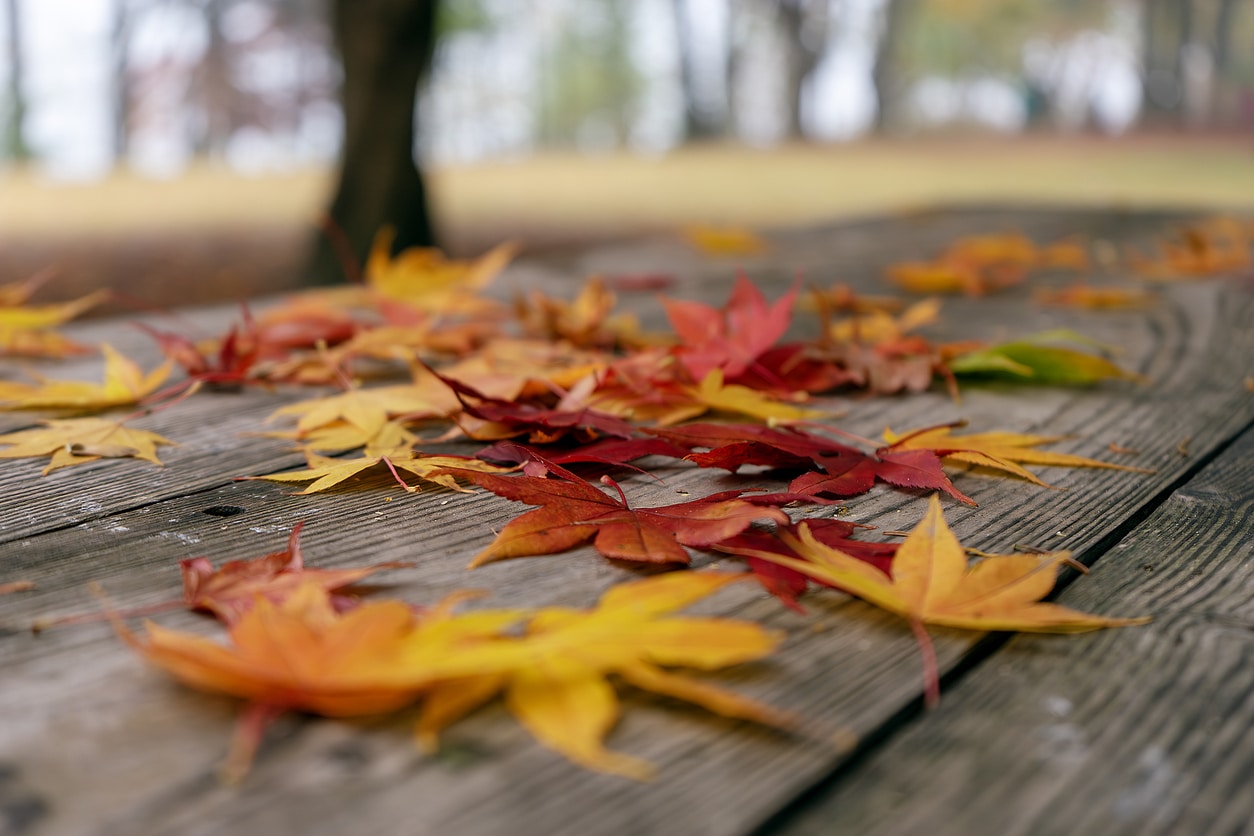As the crisp fall air starts heading towards us, it’s a good time to consider how the changing seasons affect your hearing aids. With over 15% of U.S. adults living with hearing loss and many relying on hearing aids to maintain their quality of life, understanding how to protect these devices throughout the year is crucial.
Whether you’re basking in the final days of summer or pulling out your sweaters for the chilly months ahead, take a look at our guide to help you navigate hearing aid care during these seasonal changes.
Warm Weather Protection

Summer and spring bring a wealth of outdoor activities, from splashing in the pool to hiking through scenic trails. While the warmer months are fun, these outdoor adventures can pose significant risks to your hearing aids, including exposure to moisture, sweat, dirt and potential physical damage. A few care areas to focus on include:
- Swimming. Before you dive into the La Valle Coastal Club pool or hit the beach, remove your devices and store them in a waterproof case. This prevents accidental water damage and ensures they stay safe while you enjoy the water.
- Sweat management. During hot days, sweat can seep into your hearing aids, causing moisture-related issues. Use a drying jar or dehumidifier overnight to keep your devices dry and functioning properly.
- Outdoor activities. Whether hiking or gardening, dust and dirt can find their way into your hearing aids. Clean your devices every night to remove any buildup, ensuring they remain clear and effective.
Cold Weather Protection
The colder months introduce new challenges, including increased condensation, battery drainage and the risk of damage from snow and ice. A few care areas to focus on include:
- Temperature changes. Moving from cold outdoor air to a warm indoor environment can cause condensation inside your hearing aids. To combat this, use a dehumidifier or drying jar overnight to remove moisture and prevent damage.
- Earmuff protection. When spending time in the snow, wearing earmuffs, a scarf or hearing aid covers can shield your devices from moisture and cold-related issues.
- Cold temperatures. Batteries tend to drain faster in colder weather, so checking your battery levels before heading out each day is wise. Always carry spare batteries to avoid getting caught off guard.
- Snowy adventures. Whether building a snowman or skiing down slopes, your devices are at risk of snow exposure. Wearing protective covers or hats can help keep them dry and secure.
Regardless of the season, maintaining your hearing aids requires care and attention. By following these seasonal tips and proactively protecting your devices, you can ensure they continue to provide clear, reliable sound all year long. To learn more about caring for your devices, contact Rancho Santa Fe Audiology today for an appointment with one of our specialists.
